Optional Registry Settings for Profile Container – Implement and Manage FSLogix
Optional Registry Settings for Profile Container
Table 6-3 shows the addition registry keys.
Table 6-3. VHDLocation All Extra Registry Keys
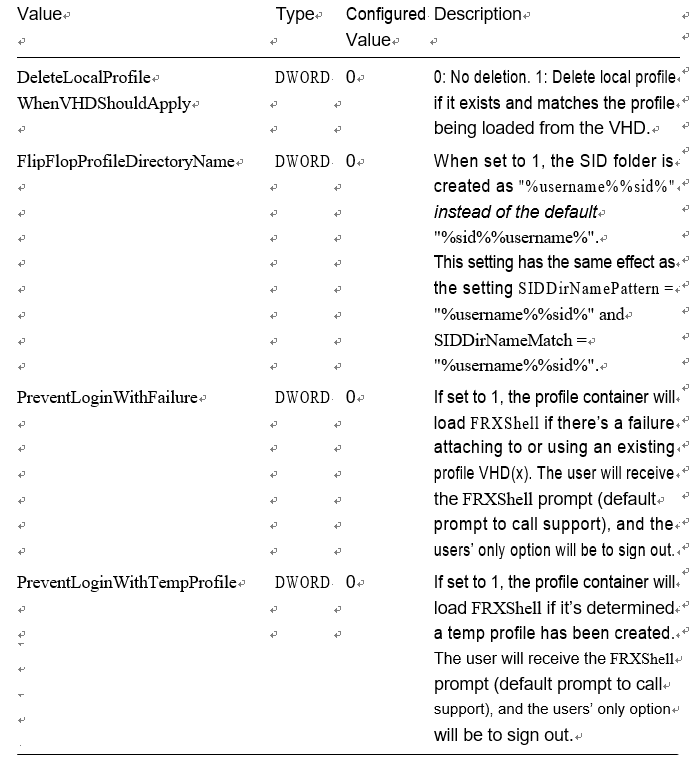
Can User Groups Be Included and Excluded in FSLogix?
Yes, you can include and exclude user groups in an FSLogix profile. There are often users whom you want to keep local profiles for such as local administrators. During installation, four user groups are created to manage users whose profiles are included and excluded from the profile container and office container redirection. See Figure 6-26.
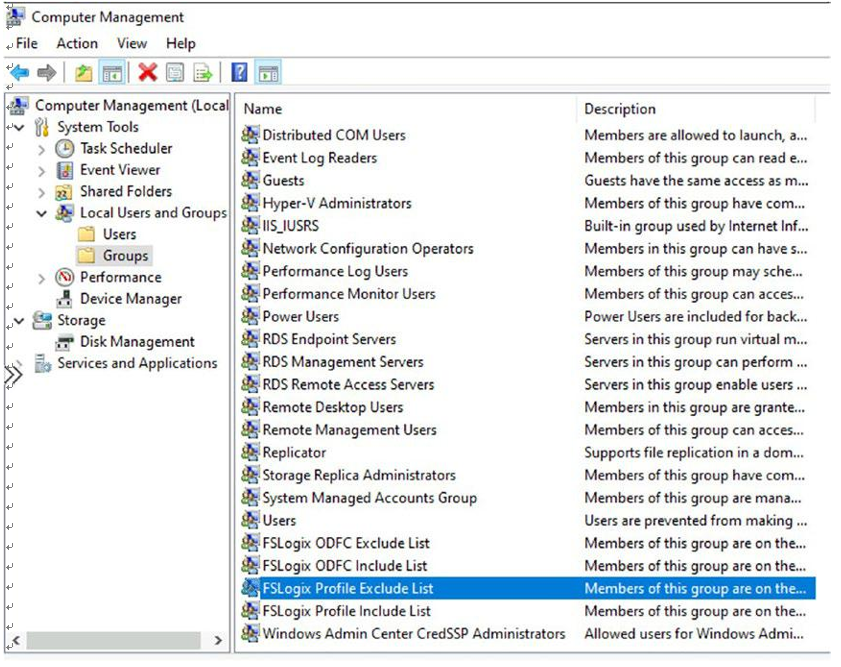
Figure 6-26. FSLogix container registry, profile exclude list
By default, everyone is added to the FSLogix Profile Include List group, which means all users who log in to the VM/system will have an FSLogix remote profile. See Figure 6-27.
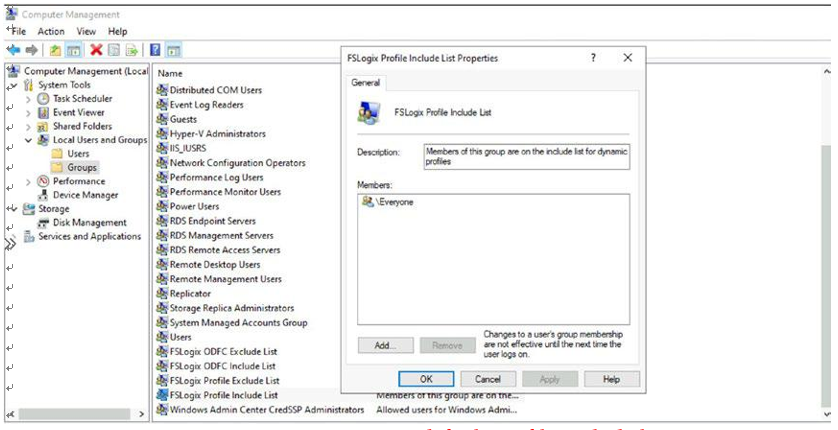
Figure 6-27. FSLogix container registry, default profile include list
It always recommends using a dedicated group for the Azure Virtual Desktop permission such as Azure file share permissions, FSLogix include group, and Azure Virtual Desktop app group so that it will be easy to add/remove permissions by simply adding/removing members in the group. You can remove everyone from the include group and add the group you created for AVD users, as shown in Figure 6-28.
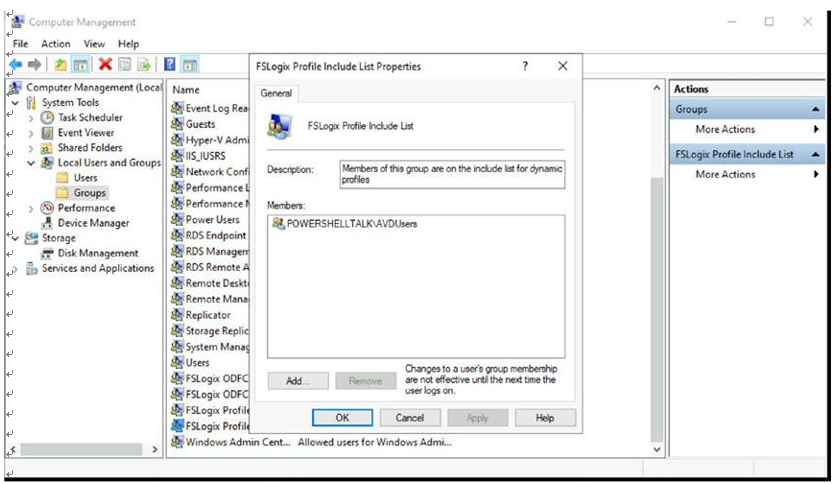
Figure 6-28. FSLogix container registry, modifying profile include list
Adding a user to the FSLogix Profile Exclude List group means that the FSLogix agent will not create FSLogix remote user profile (profile container) for the user and the user profile remains locally. Exclude takes priority in case the user is a member of both the exclude and include groups.
In Figure 6-29, VMadmin is member of the Everyone group, meaning part of include as well as exclude, so the exclude will take priority, and the profile will remain locally.
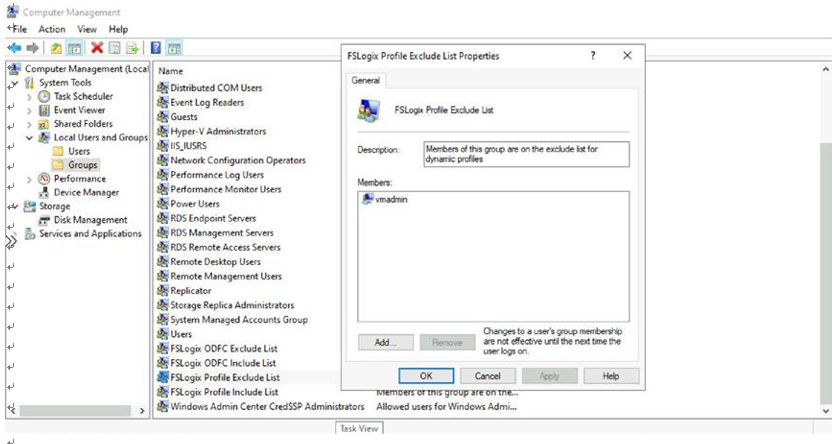
Figure 6-29. FSLogix container registry, modifying the profile exclude list
Once both the mandatory registry keys are added to all the VMs in the pool, then users can log in with the user ID that is part of the include group and also have permission on the file share and verify whether the profile is on the Azure storage file share.
